February Friday History: 2004 Ice Palace
The longevity of a building is something that builders can take pride in. Some of the first buildings Kraus-Anderson built (more than 120 years ago) are still gathering history. In 2004, KA took on a much different challenge: An ice palace that would exist mostly in our memories.
Most historical accounts of the ice palace phenomenon begin in St. Petersburg Russia where a tradition of building these ephemeral structures dates to the 18th Century. A notable example occurred during the frigid winter of 1739/1740.
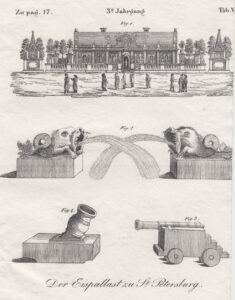
A more direct influence on St. Paul’s ice castle tradition is found in Montreal. In 1883 architect A.C. Hutchinson designed a neo-gothic fantasy in ice as a centerpiece for Montreal’s Winter Carnival. This carnival was successful beyond expectations, drawing tourists from outside the country, and it accomplished exactly what it was designed to do: It turned Montreal’s frigid winter weather into an asset.
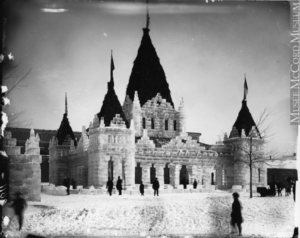
When a smallpox outbreak canceled Montreal’s winter celebrations in 1885/86, St. Paul’s civic leaders jumped at the opportunity and commissioned Hutchinson to design a palace of ice to center its own Winter Carnival.
St. Paul turned out to be more fertile ground for this strange annual celebration to take root. Montreal’s Winter Carnival tradition fizzled out, not even surviving the 1880s. St. Paul’s version was on a similar trajectory, with just a few such celebrations occurring in the 1880s and 1890s, but in the 20th Century several attempts were made to revive the tradition.
A turning point came about in 1937 when local architect Cap Wiggington designed an ambitious ice palace that was completed by the Works Progress Administration. From that year until today (excluding the years of WWII) St. Paul has been diligent about keeping its Winter Carnival tradition alive.
The Carnival doesn’t always include an ice palace. There have been forty-two versions since 1896, usually corresponding with a large event or anniversary. In February 2004, St. Paul hosted the NHL All-Star Game and planned for a suitably ambitious ice palace to be built across the street from the Xcel Center.
To be part of this magical event, Kraus-Anderson donated its construction management services to the project.

Not every winter (even in Minnesota) is suitable for ice construction. If nearby lakes and rivers don’t freeze early enough and deep enough, harvesting the 400-pound blocks of ice becomes impossible. An ice palace that was planned for the 1890 carnival, for instance, was nixed for lack of ice. This almost occurred in 2004, but cold temperatures came on just in time, and 27,000 blocks were cut from Lake Phalen in St. Paul’s eastside.
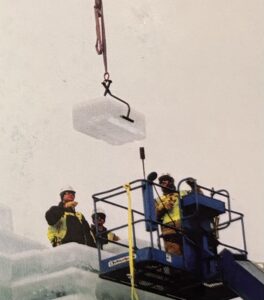
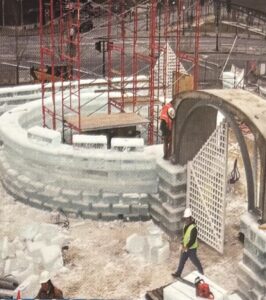
Of course, after the ice was harvested plunging temperatures came along to make the construction a punishing challenge.
The 2004 palace was an ambitious version of this timeless structure: It was seventy-five feet tall, and it was the first palace since 1941 that the public was able to walk through.

Ice palaces are meant to be ethereal, and, ironically, for that reason, they are often better documented than some of their brick-and-mortar cousins. KA has such detailed records of this project and the events surrounding it that the whole thing could be recreated, music, and all.
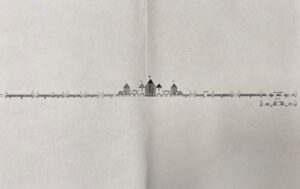
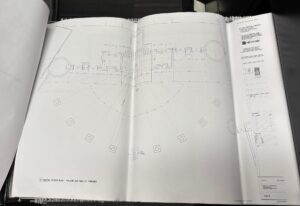

Traditionally an ice palace is demolished by an invading army of revelers, symbolizing the coming spring, but the ice palaces of the 21st century tend to be demolished by safety-conscious construction professionals, leaving only memories behind.

CATEGORY: History